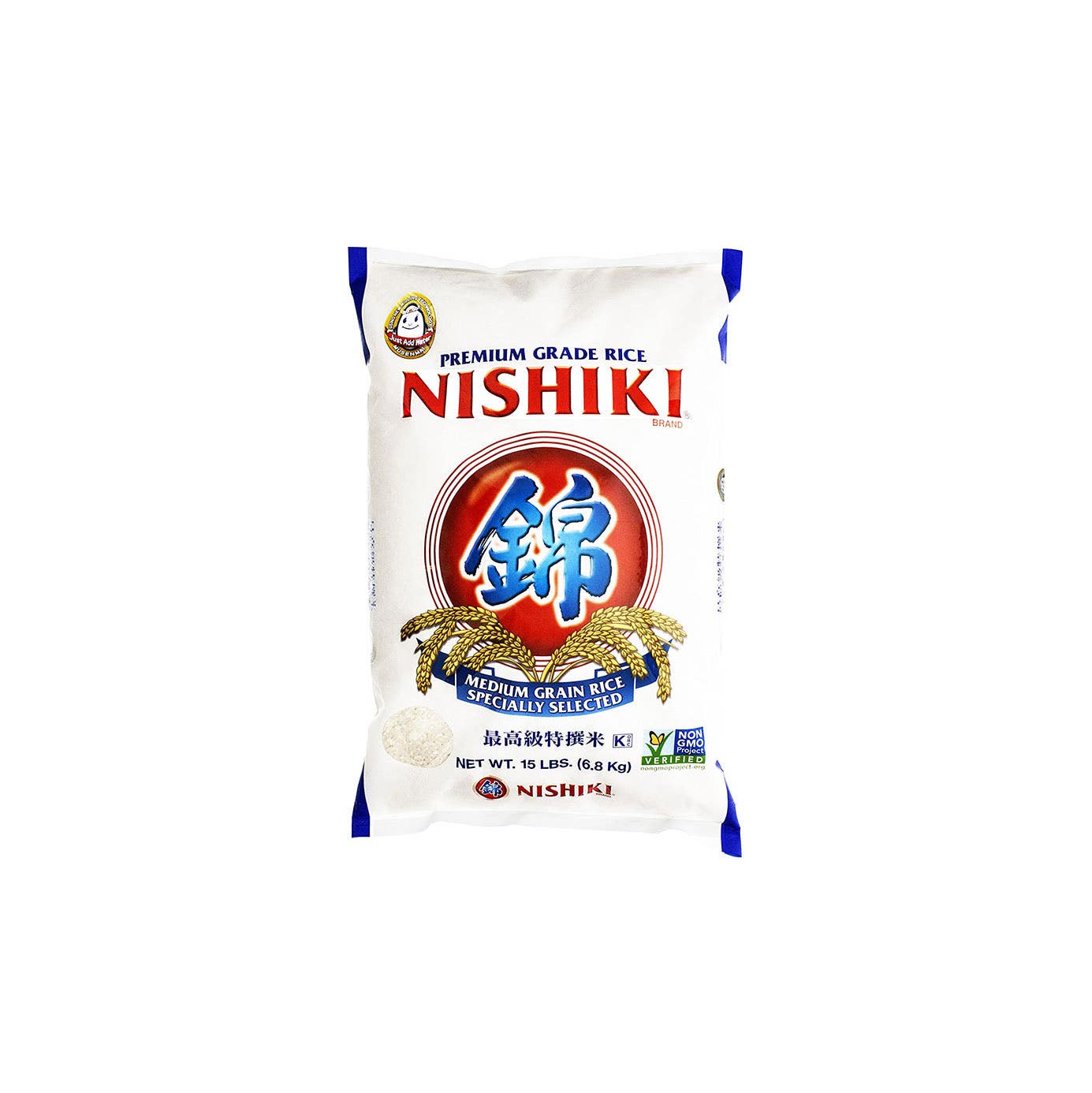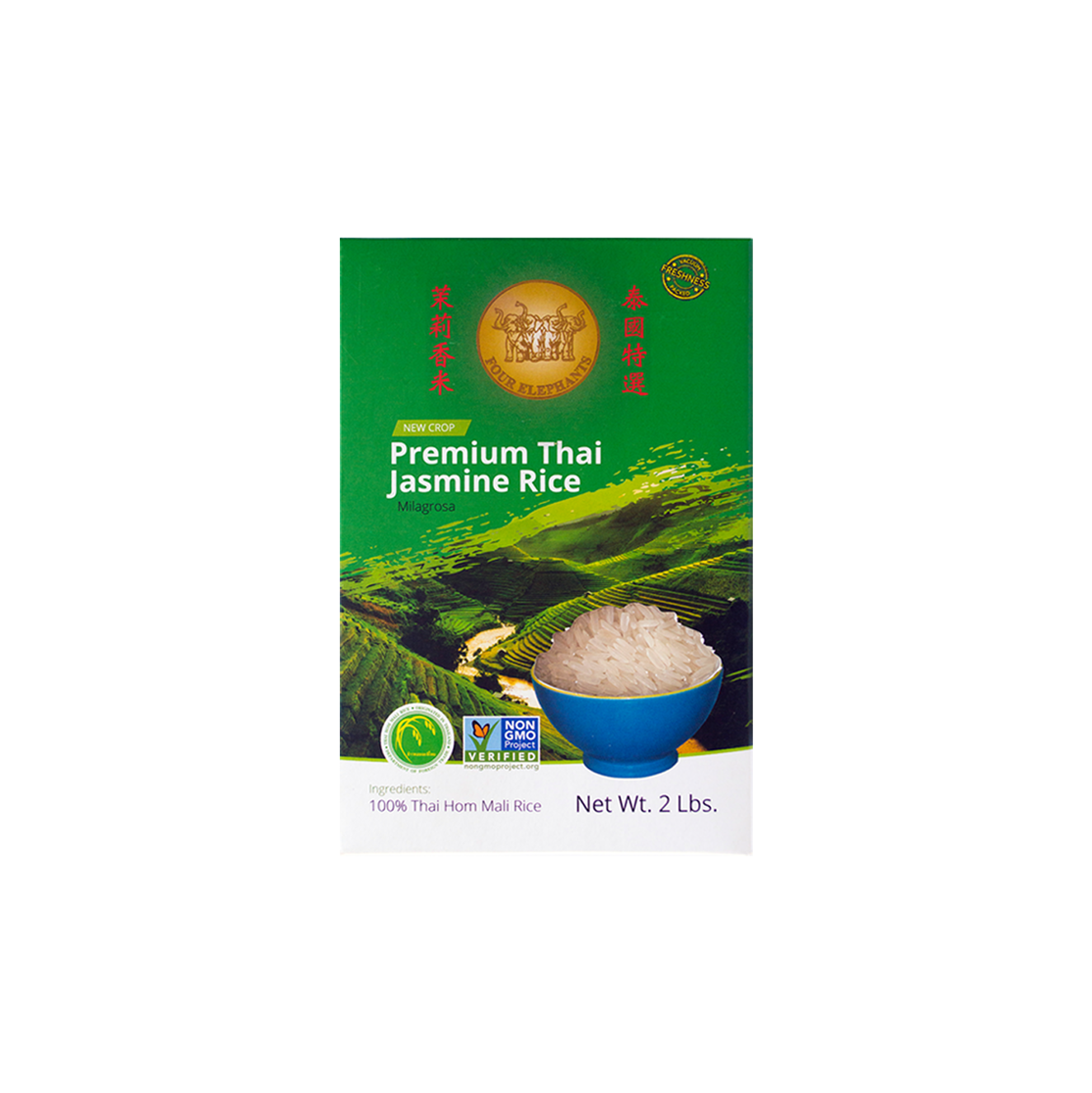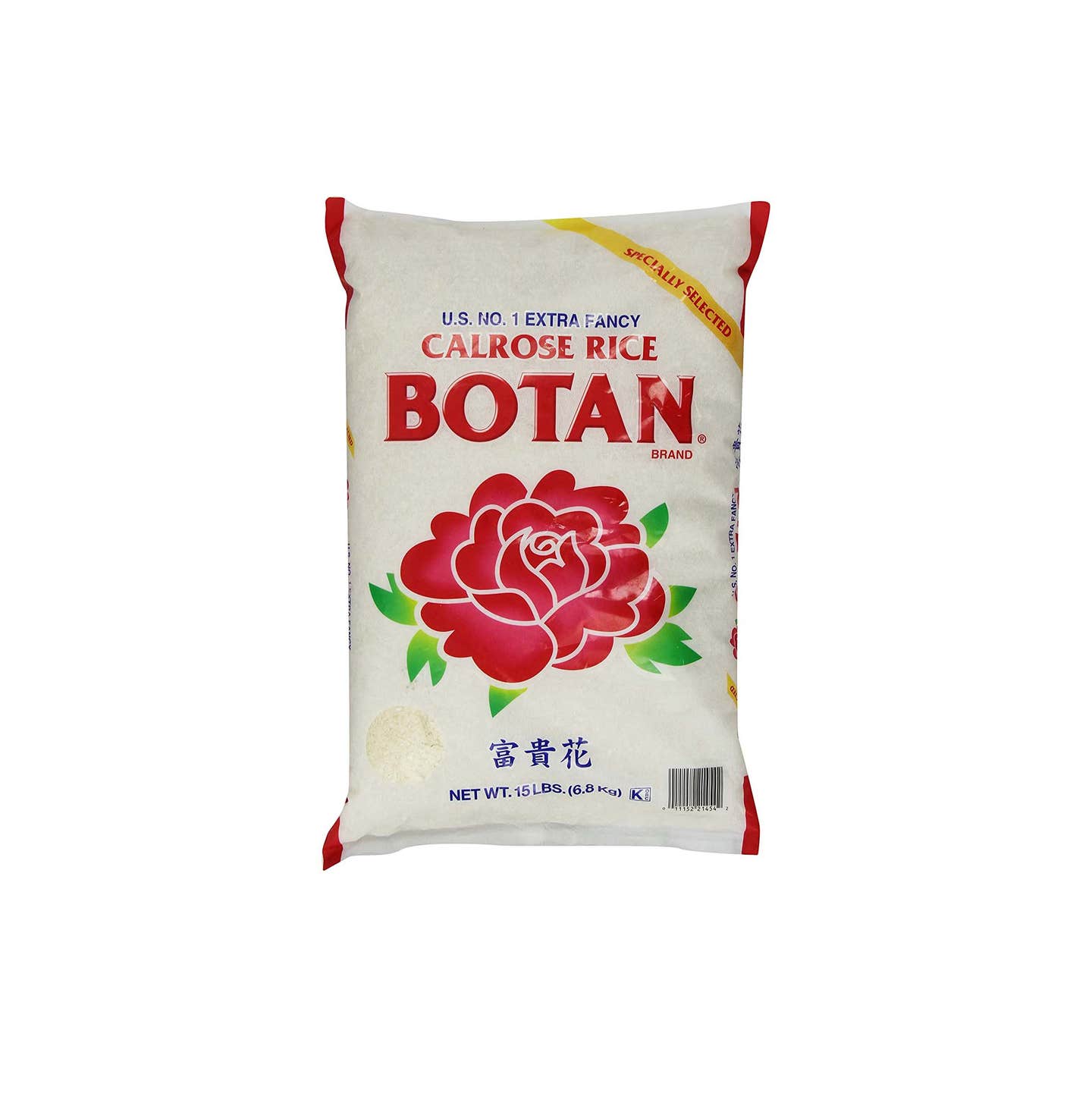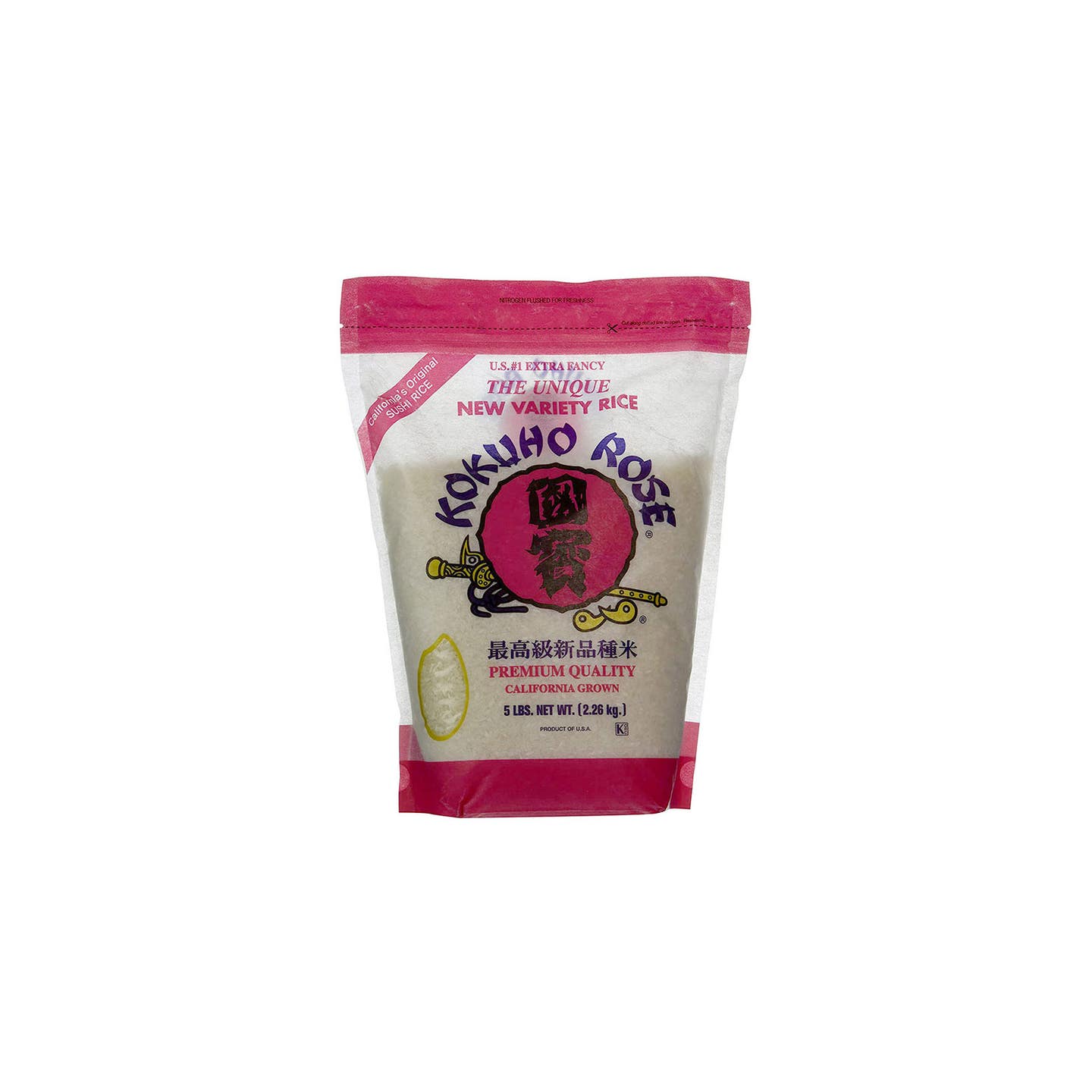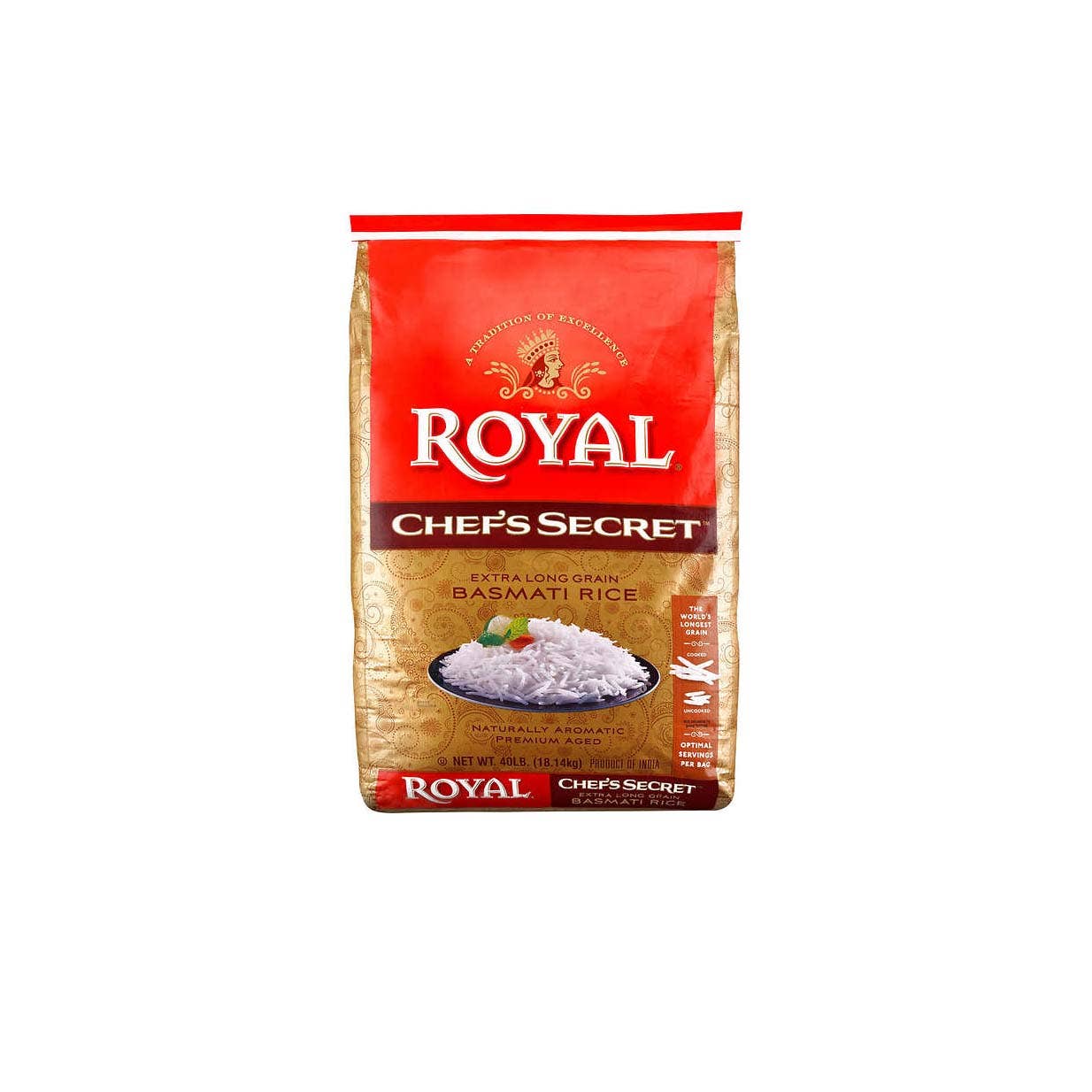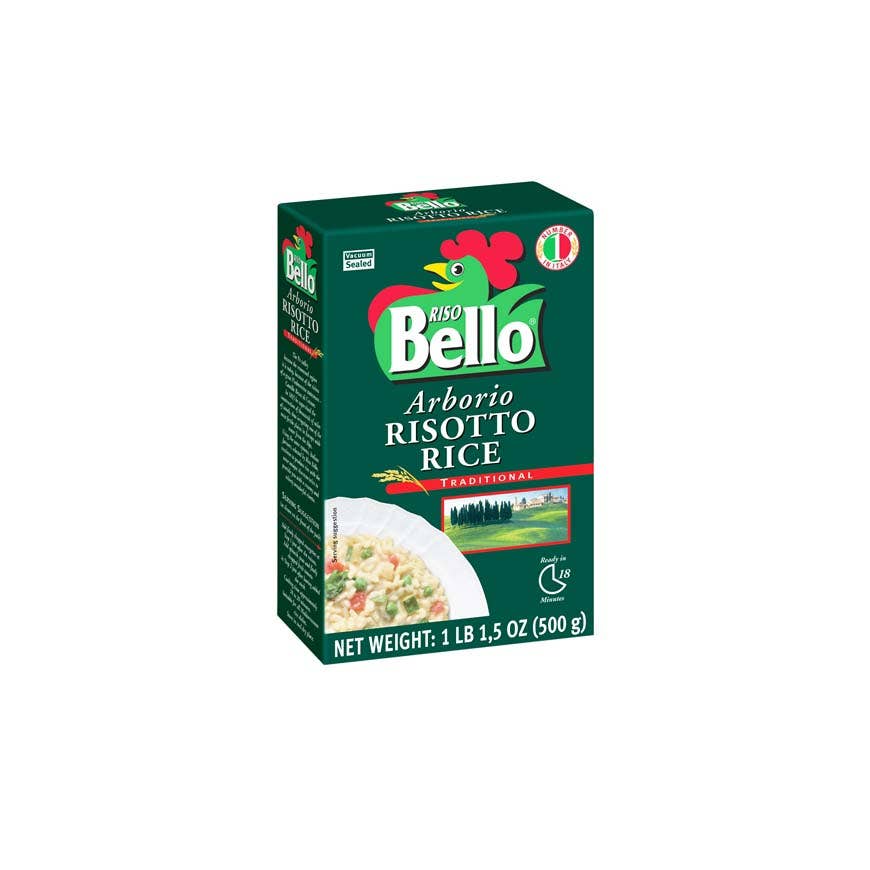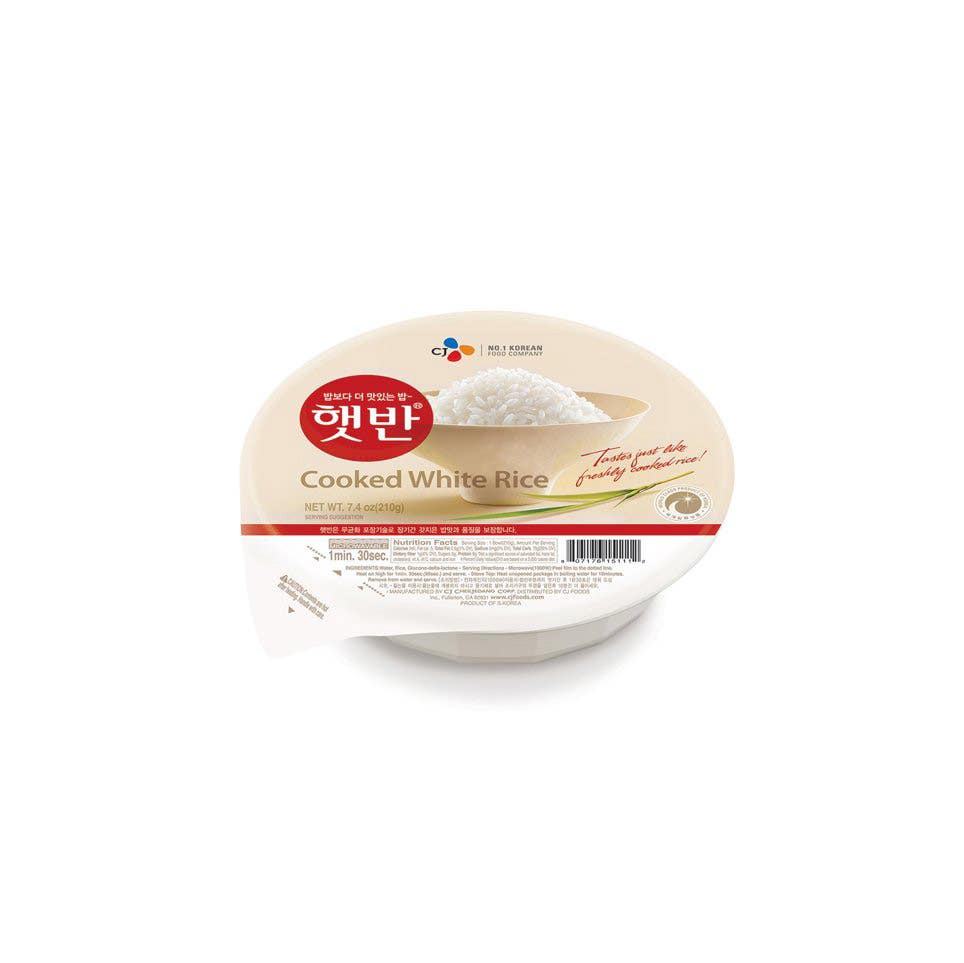Whether You’re Making Sushi or Risotto, We Found The Best Rice for Every Meal
Seven brands worth adding to your pantry.
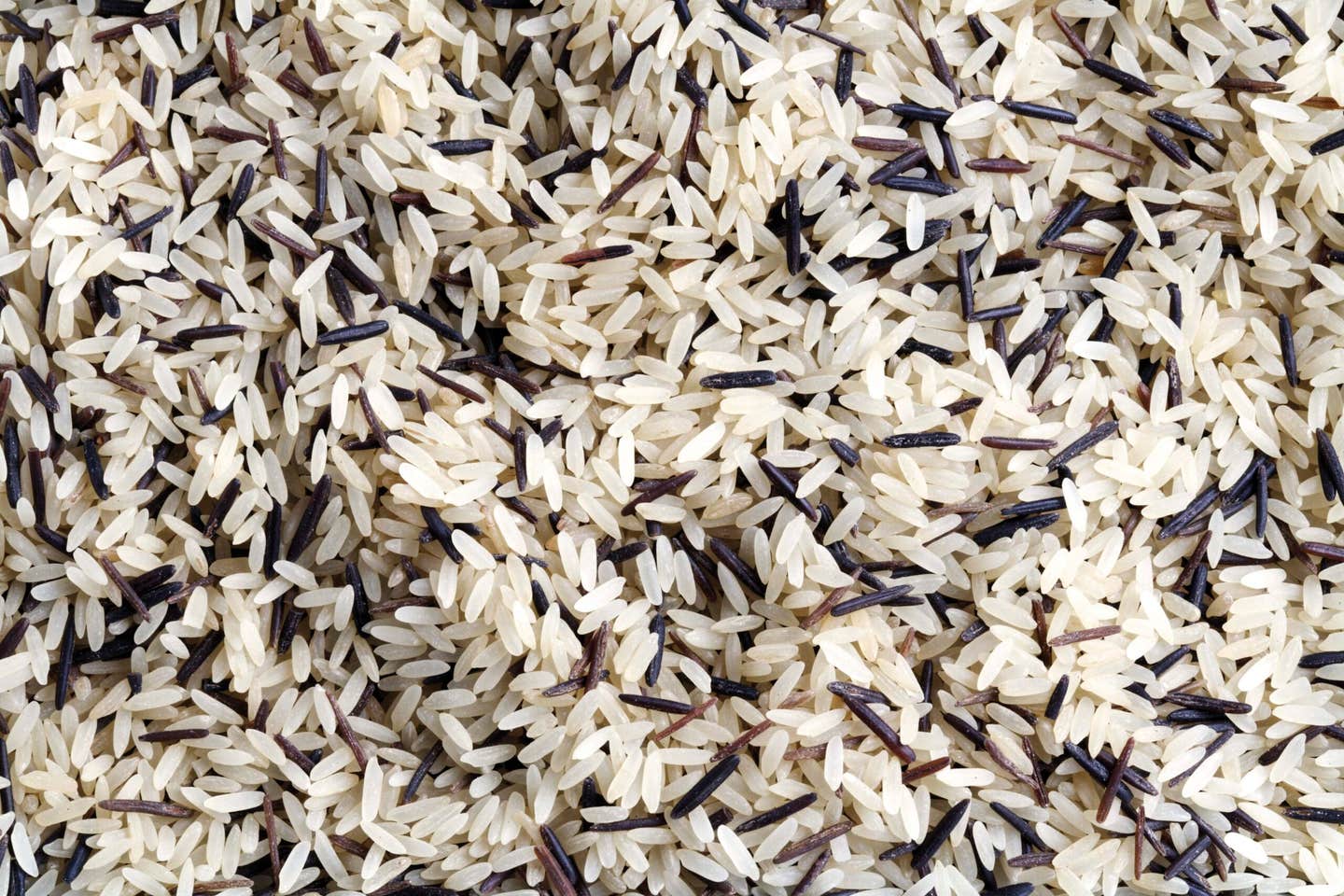
The late comedian Mitch Hedberg once said, “Rice is great if you’re really hungry and want to eat two thousand of something.” There is, to be sure, immense comfort in eating the same thing bite after bite, and for me, white rice is the blandest, sweetest, and most soul-nourishing carb in existence.
In Korean food, side dishes (known as banchan) are seasoned with a heavier hand (whether salt, sugar, or vinegar), because nine-and-a-half out of ten times, you’re meant to eat them with a bowl of unfettered white rice.
There’s a reason rice is the bedrock of so many other cultures’ cuisines, too: It’s a canvas for flavor. Here are a few of my preferred options for the best rice brands available to buy online.
Our Top Picks
- Best Bulk: Nishiki Premium Medium Grain Rice
- Best Jasmine: Four Elephants Premium Thai Jasmine Rice
- Best Versatile: Botan Musenmai Calrose Rice
- Best for Sushi: Kokuho Red White Pouch
- Best Basmati: Royal Chef’s Secret Extra Long Grain Basmati Rice
- Best Arborio: Riso Bello Arborio Risotto Rice
- Best Microwavable: CJ Instant Rice
Best Bulk
Why We Picked It: A large bag at great value for everyday consumption.
How much rice do you eat in a week? If the answer is a lot, then mail-ordering a larger bag, like this 15-pounder, can be a real help when it comes to stocking your pantry (and saving money).
Pros:
- Consistent quality.
- Only needs to be rinsed once.
Cons:
- Harvest date not included on bag.
- Bag can’t be resealed after opening.
Size: 5-, 10-, and 15-pound bags | Grain: Medium | Price: $
Best Jasmine
Why We Picked It: Reminiscent of pandan, a tropical plant used in Southeast-Asian cooking.
Basmati’s long-lost cousin, jasmine rice is especially aromatic once cooked. The brand Four Elephants sources its grains—revered for authentic fragrance and taste—from Thailand.
Pros:
- Tender consistency that’s great for fried or coconut side dishes.
- Certified non-GMO by the Non-GMO Project.
Cons:
- Aroma can fade the older it gets, so cook with it sooner rather than later.
Size: 2-, 5-, and 25-pound bags | Grain: Long | Price: $
Best Versatile: Botan Musenmai Calrose Rice
Best Versatile
Why We Picked It: A well-known variety grown in California.
The Calrose rice variety was developed in California in the late 1940s and continues to dominate rice production in that state. Prized for its tenderness and clean taste, Calrose is another good option for your quotidian rice supply—despite the “extra fancy” label on the Botan brand’s bag—and can be used for all sorts of cuisine choices, especially as a side dish to stews or as filling for dumplings and stuffed peppers.
Pros:
- No artificial preservatives.
- Less than $1 per pound.
Cons:
- Reviewers noted quality control issues such as ripped bags.
Size: 5-pound bag | Grain: Medium | Price: $
Best for Sushi: Kokuho Red White Pouch
Best for Sushi
Why We Picked It: A great sticky rice that’s fluffy but still keeps its shape when cooked correctly.
Sometimes in life, rice should be sticky, and Kokuho’s grains cook up to the ideal consistency for sushi. The stuff can also stand alone, or at least seasoned with a little salt, sugar, and rice vinegar. Plate alongside a piece of salmon or soy sauce–slicked broccoli, and dinner is served.
Pros:
- Packaged in a lightweight bag with a resealable zipper.
- Holds together well, making it perfect for handmade rolls.
Cons:
- It requires a bit of prep to get right: follow directions to the tee.
- High starch content to get that signature stick to slices of salmon, avocado, or nori, which doesn’t make it the best choice for other meals.
Size: 5-pound bag | Grain: Medium | Price: $$
Best Basmati: Royal Chef's Secret Extra Long Grain Basmati Rice
Best Basmati
Why We Picked It: The longer the basmati, the better it is.
A great basmati is light, fluffy, and aromatic, and this version from Royal Chef’s Secret delivers on all fronts. You’ll want this rice if you’re planning to serve a curry, stew, or other soupy main that needs a pillowy rice to soak up the sauce.
Pros:
- An extra-long grain that doubles in size (16 to 18mm) when cooked.
- Available in one, two, three, and four packs.
Cons:
- To achieve the super-long length, it has to soak for nearly 30 minutes.
- Opening the bag can be cumbersome: pull the string to unzip if you don’t want to cut for storage purposes.
Size: 10-pound bag | Grain: Long | Price: $$
Best Arborio: Riso Bello Arborio Risotto Rice
Best Arborio
Why We Picked It: Due to its high starch content, this plump product produces the creamiest texture.
When making risotto, you need the starchiness of a fatter, shorter grain like arborio rice. This six-pack from Riso Bello, grown in Robbio, Italy (one of Europe’s top rice producers) is a fine option. The same brand actually sells another less commonly available shape called carnaroli, which is also very good for risotto.
Pros:
- Vacuum-sealed bag for long shelf life (two-plus years).
- No need to wash or rinse—doing so removes some of the starch needed to produce a velvety thick texture.
Cons:
- Skews towards the expensive side on this list.
Size: 17.5-ounce box | Grain: Short | Price: $$$
Best Microwavable: CJ Instant Rice
Best Microwavable
Why We Picked It: A minute and 30 seconds later, these grains come out of the microwave perfectly cooked and fluffy.
Super-popular in South Korea, CJ’s Hetbahn microwaveable white rice comes in a single-portion size perfect for solo eaters. And while nothing beats a bowl of just-made stovetop rice, this shelf-stable product—cooked and packed within 24 hours of milling—tastes surprisingly fresh.
Pros:
- Ready to eat in 90 seconds.
- Can also be cooked by adding boiled water if a microwave isn’t accessible.
Cons:
- Expires faster than bagged variety (roughly six to eight months after the purchase date).
Size: 7.4-ounce bowl | Grain: Medium | Price: $
How We Selected The Products
Saveur contributor and author of Korean American, Eric Kim, researched and compared the best rice brands available to buy online based on grain, flavor profile, origin, and value. Kim draws on several years of experience writing for publications such as The New York Times (where he is currently on staff), Food & Wine, Bon Appetit, The Washington Post, and more.
Cheat Sheet: Types of Rice
- Brown: Brown rice is less processed than its white counterpart, retaining both the germ and bran layers that give it its signature color which makes it nutrient-dense with fibers and vitamins. However, it also has one of the lengthiest cooking times.
- White: Milled to have the bran and germ removed, this refined rice has a subtle flavor and is quicker to cook compared with brown rice. Varieties include short-, medium, and long-grains.
- Basmati: A long-grain white rice variety originally grown in India, it’s best for pairing with stews and curries.
- Jasmine: An aromatic, Thai variety of rice that typically cooks to be sticker than basmati and other long-grain varieties.
- Wild: Great for salads and pilafs, wild rice is native to North America, growing naturally in lakes and creeks. It’s often tan in color and has a distinct, earthy smell.
- Black: Also referred to as forbidden or purple rice, black rice varieties always feature a dark pigmentation due to the presence of the antioxidant anthocyanin.
- Sprouted: Sweeter and less chewy compared to standard brown rice, sprouted brown rice is a seed that has literally started to sprout.
Ask the Experts
Which type of rice is the best for daily use?
This really all depends on what you’re cooking. Go with a short, or medium-length grain for a stickier, more dense rice, and a longer variety to ensure each piece won’t clump together. When it comes to nutrition, a whole-grain brown rice is the best option as it's loaded with fiber and nutrients for less calories.
What is the most fragrant rice?
The most aromatic varieties include jasmine and basmati, which both offer a distinct, nutty flavor. Using fragrant rice can give a meal another dimension—it is best as the foundation of Thai kai jeow or Tahdig.
Keep Reading
Continue to Next Story
